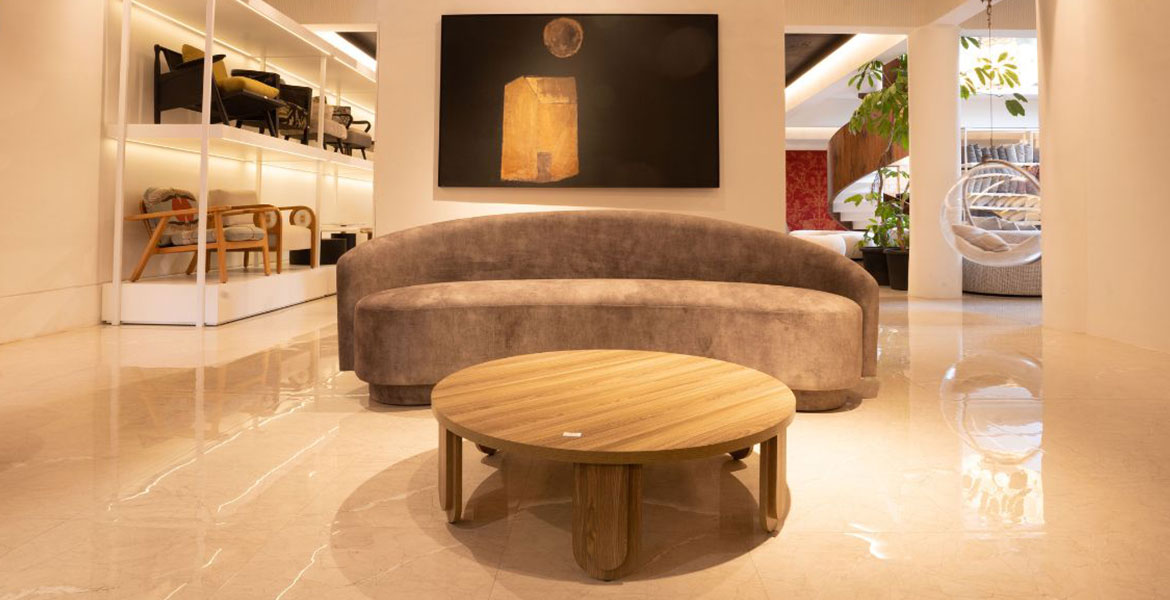Body Language
The Indian body language is distinctly evolved in relation to the furniture we have used. A bolster on a gadda is not meant to be leaned against like the back of a formal sofa. You turn your body slightly, raise and cross a knee upon the seat, tilt your back on the bolster and spread your hand onto it for support.
We sit on the floor with legs held loosely against the chest and the arms clutching our knees together in a cuddly embrace.
So my furniture takes these postures into account. Also, body proportions. The length of a leg from the ankle to knee determines the height of the seat. If the height is too much, the feet dangle instead of resting on the floor. If the seat height is adequate but the depth is too little for the knee to the pelvic joint, then lso you wont be comfortable.
I prefer sofas that encourage conversations easily. So instead of boring straight sofas where you have to turn to chat, I offer a few arched sofas where eye contact comes easy.
Age is an important factor too. A young person with a sloppy style appears cool sprawled into a soft deep sofa but his parents would have difficulty getting in and out.
Throw cushions on sofas are the best way to make personal adjustments. Taller people remove them, shorter pull them behind their backs for support.
Dining chairs are best upright for a good eating posture. But if your dining table is really a family meeting table on weekends then I would recommend chairs with arms to encourage longer spells of comfort.
